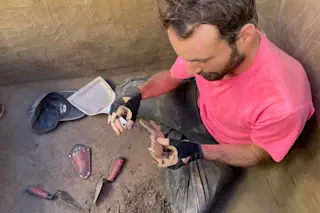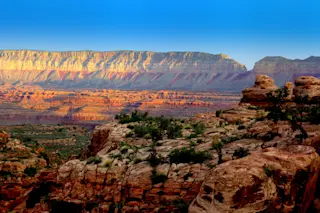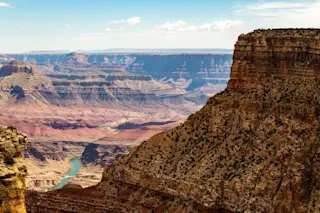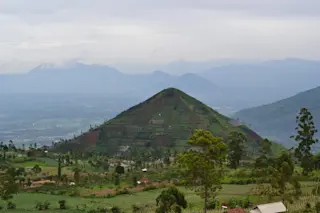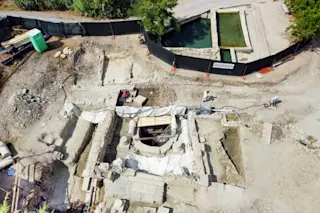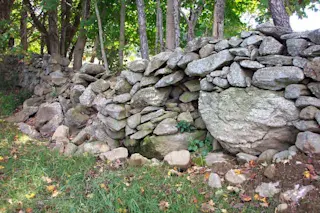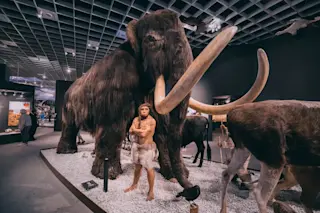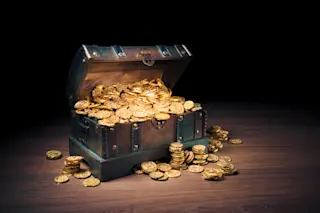In November 1533, Francisco Pizarro rode triumphantly into Cuzco, the royal capital of the Inca empire, and took stock of its storied treasures. With just 180 hardened soldiers of fortune at his command, the cunning Spanish conquistador had ambushed— and then executed by strangulation— the emperor Atahuallpa, prompting the royal Inca army of 30,000 to retreat. Pizarro, a former foundling and swineherd, could scarcely believe the booty that awaited him. Some of his men had already pried loose golden plaques from the temple of the sun and filled their saddle packs with silver statues. They had stripped golden masks and staffs from the mummified bodies of Inca sovereigns and eyed the vast estates they would soon claim for their own. But Pizarro and his plundering band of adventurers ignored perhaps the greatest treasure of all: the rare and luxurious fabrics that were the foundation of Inca wealth.
The Inca were ...



